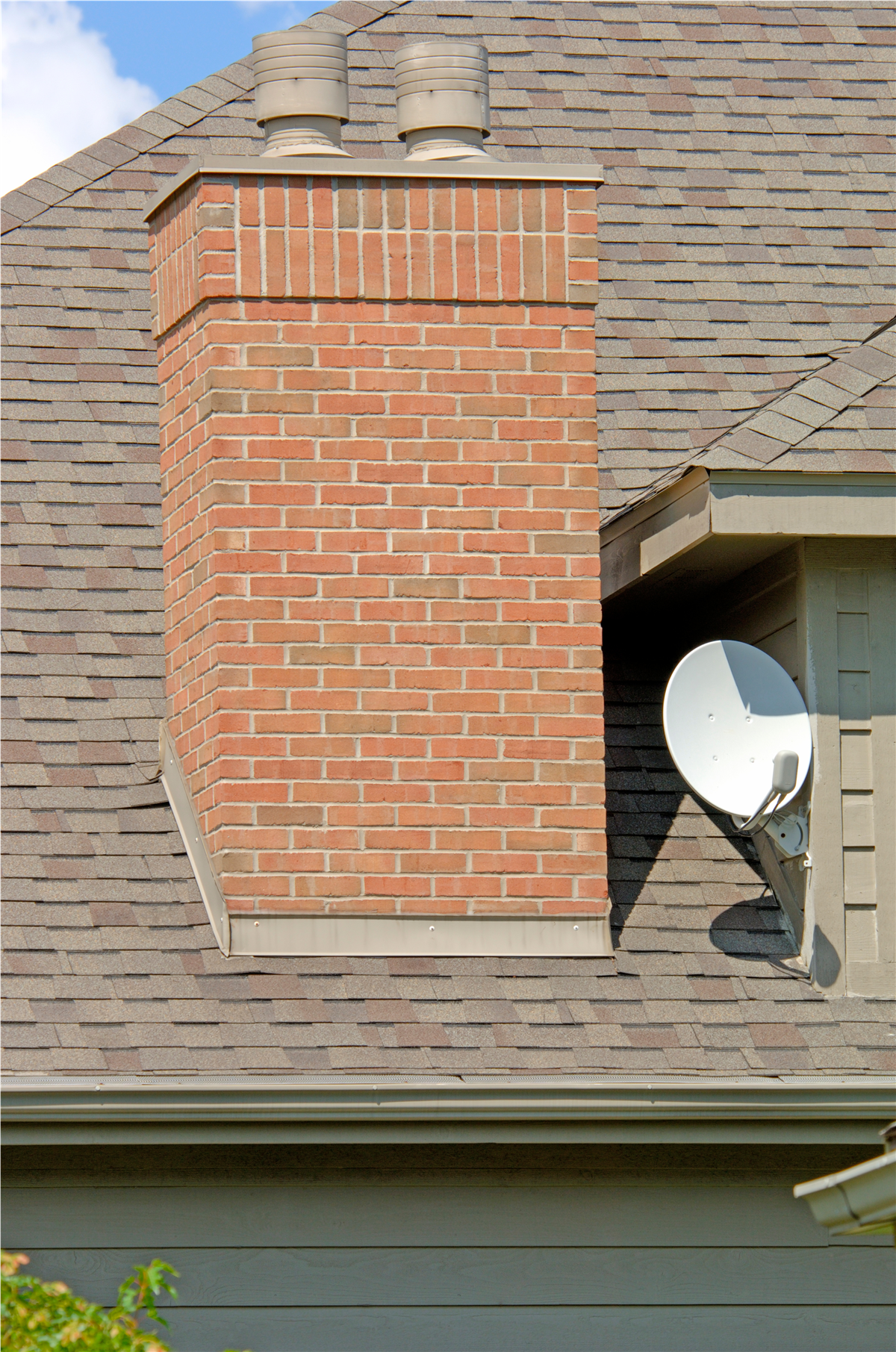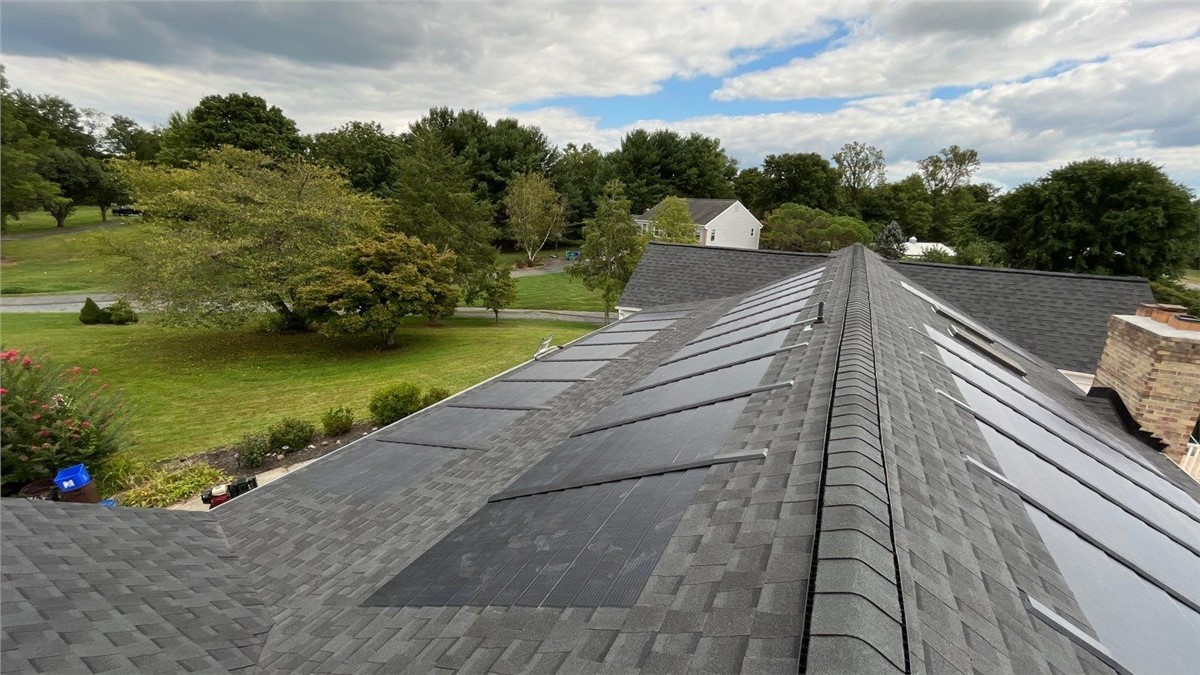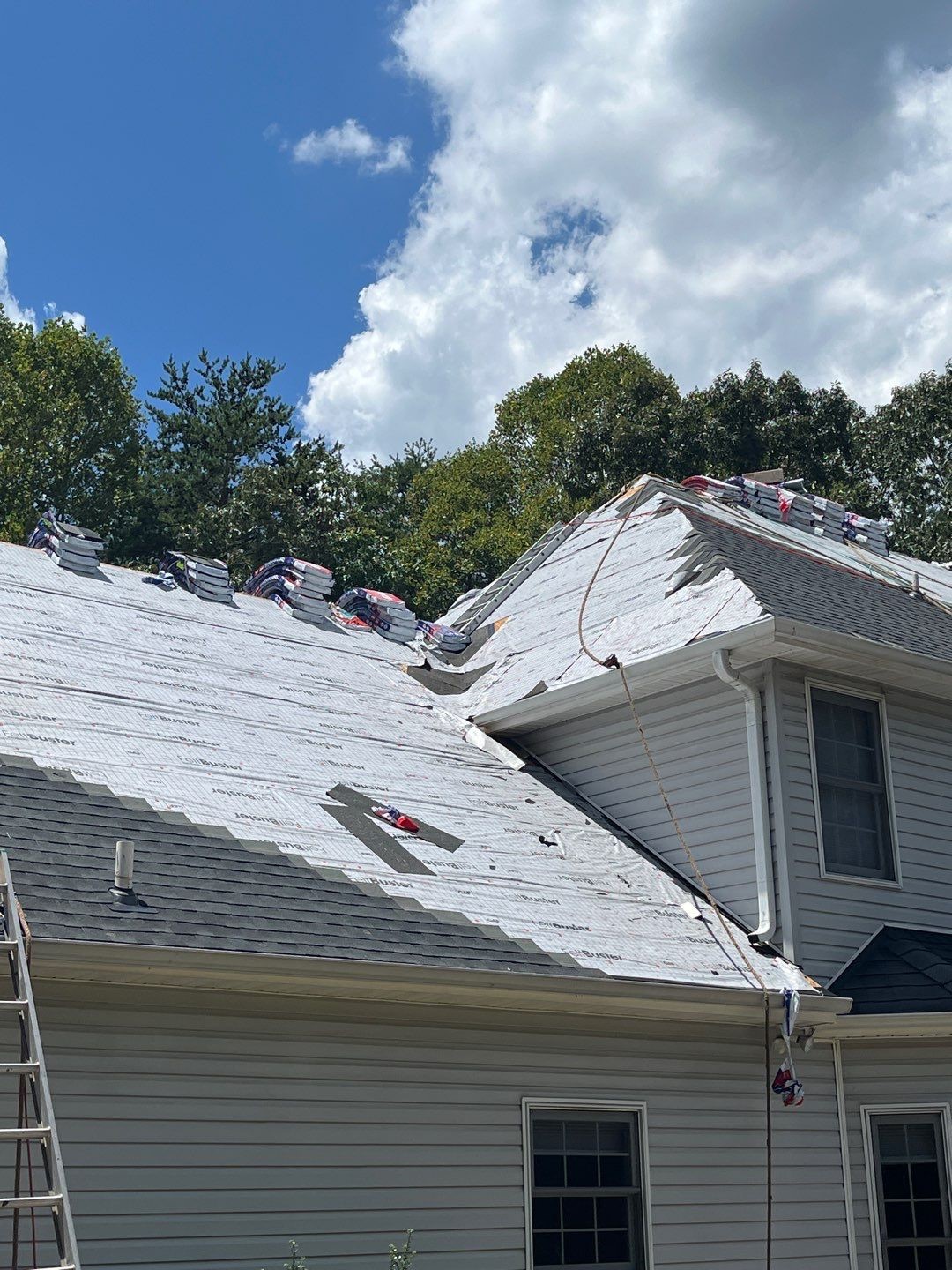
Your roof is comprised of multiple components that work together to keep your roof dry. No matter what type of roof you have, there is certainly flashing on the roof of your home. Why are these pieces of flashing small but mighty elements of your roof system?
The team at Shanco will walk you through everything you need to know about:
Why flashing matters to your roof health
Where you will typically find flashing
Common flashing issues
How to maintain your flashing
What is Roof Flashing and Why Does It Matter?
Roof flashing is a thin piece of metal that has one purpose; direct water away from places on your roof that are susceptible to leakage. Simple and plain, it exists to prevent water from entering your home.
There are several different flashing materials. It may be galvanized steel, aluminum flashing, stainless steel, or copper. Pricing across materials will vary and may depend on the décor of the exterior of your home.
What Are The Roof Flashing Types?
If your home has anything protruding from the roof, you will have flashing. There are several common types that can be found on the roof of your home.
Step Flashing
You’ll find step flashing installed between your shingles and where a wall meets. It’s bent at a 90-degree angle to shield the joint from water seepage. There will be a new piece of step flashing at the end of every row of shingles.
Valley Flashing
If your roof has a valley, a heavy amount of water will move through it during a rainstorm. That’s why valley flashing is so important. The flashing acts as a reinforcement to prevent moisture from penetrating your roof and home.
Apron Flashing
Apron flashing is one long piece of metal that directs water down toward the shingles. It is built to flex, expand, and shrink with the changing seasons and temperatures.
Counter Flashing
You’ll often find counter flashing on the side of the chimney. It will get inserted into the chimney mortar joints and then sealed with roofing cement.
Where Can I Find Flashing On My Home?
Any protrusions out of the roof of your home will require flashing to stop any water penetration.
Chimney Flashing
Chimney flashing can be tricky because they can come in different shapes and sizes. Additionally, the chimney materials are not always flat. Not to mention, chimneys can extend out of a roof nearly anywhere in the home.
Skylight Flashing
Skylights provide natural light into your living space. Skylight flashing kits are essential for skylight installation. These kits will help protect your home from adding moisture in addition to the natural light.
Vent Pipe Flashing
A natural gas furnace or water heater will vent out of your roof. This protrusion will require vent pipe flashing to stop moisture from getting inside your home and damaging your roof deck.
Roof Flashing Problems
Flashing damage can happen. Problems can arise and these are the most common problems that we encounter with roof flashing.
Age. Flashing will not last forever. Simple and plain, it will break down over the course of time. You may find that you need roof flashing repair before your next roof replacement.
Weather related. Strong winds, hail, heat, and cold are all culprits for homeowners needing to repair roof flashing.
Poor installation. There is a reason that Shanco has earned industry awards and is a highly reviewed roofing contractor. It’s because we do great work. While DIY roof flashing repair can be done. We recommend trusting the expert so that you don’t have recurring problems.
Foundation settling. Your home will shift over the course of time. It’s a common occurrence in newer homes. As your home settles, flashing may crack or warp. A trusted roofer will be able to provide advice on what to do next.
How Do I Complete Roof Flashing Maintenance?
At Shanco, we believe that you should have your roof inspected twice a year, in the spring and in the fall. Why? Maryland and Virginia get a taste of all 4 seasons, we get snow, and ice, and the occasional hurricane force winds. All of these severe weather incidents can lead to you needing to have a roof flashing replacement.
Our free inspections include a roof flashing inspection. It’s free. We’re not charging for the inspection after the fact. What you get is peace of mind from one of the nation’s preeminent roof flashing contractors that your home is safe and dry.
Shanco does recommend getting a new roof flashing installation when you get your roof replaced. This is to make sure that your home is starting from scratch with a clean bill of health. Contact our team of customer service representatives to set up your free roof inspection today.
Tags
Subscribe to Shanco's Blog






Comments